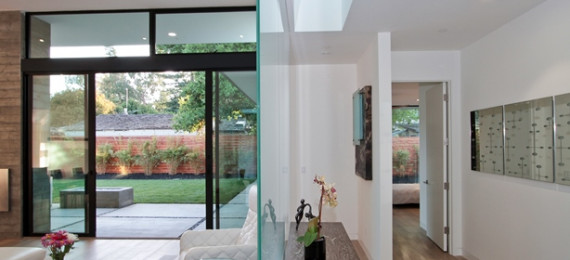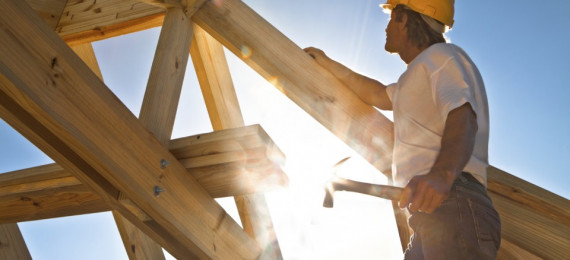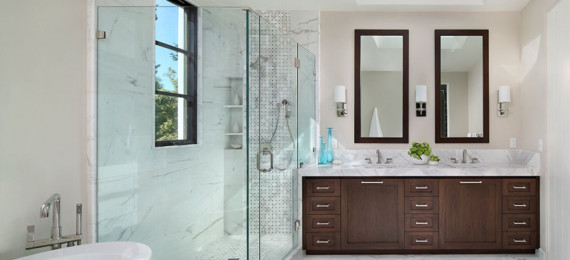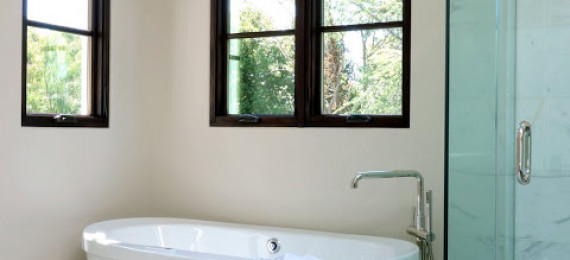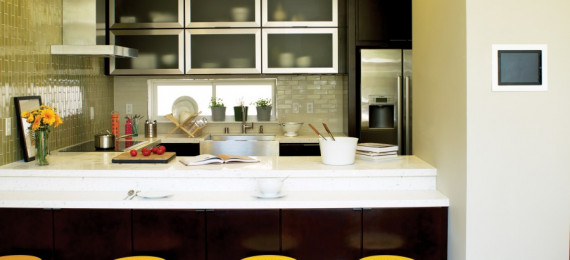These resources are from an archived version of our website. Want to see what we’ve been up to lately? Check out our new website.
Category: custom homes
Archives - Clarum Homes » Archive by category 'custom homes' (Page 11)
High Performance Homes: Passive-Certified vs. Passive-Inspired
Posted by Clarum Homes on August 21, 2013 | Categories: custom homes, energy efficiency, high performance homes, passive home | 1 Comment
If you’re planning to build a custom home or renovate your current abode, you have an amazing opportunity to transform the way you live. There are an incredible array of energy-efficient home systems available today, and if you’re planning a new custom home, you should think high-performance from the start. At present, there is no universal definition of a “high-performing home” in the construction industry. However, there is some consensus in the way the term is used. At Clarum, we believe high-performing homes incorporate the principles of passive home construction, including: Lighter...
Read More
Home Automation: The Future, At Your Fingertips
Posted by Clarum Homes on August 7, 2013 | Categories: custom homes, energy efficiency, high performance homes | No comment
Imagine being able to turn your household alarms on or off using nothing but your smart phone. Or being able to receive automatic alerts about problematic events like water leaks or unexpected access to your house, no matter where you are. How would your life, both inside and outside of your home, change? The fact is, capabilities that were once props for futuristic science fiction are available to the custom home builders of today. And if you’re thinking of building a custom home, you should be thinking high performance from the start. High performance homes lead the way in utilizing...
Read More
High-Performance Home Systems for Energy Efficiency
Posted by Clarum Homes on July 24, 2013 | Categories: custom homes, energy efficiency, high performance homes | No comment
With the incredible array of energy-efficient home systems available today, your custom home building or renovation project has the ability to transform the way you live. And if you’re planning a new custom home, you should think high-performance from the start. High-performance homes utilize the most advanced sustainable design and technology available today to realize immense energy and cost savings, prevent mold and mildew formation, promote exceptional indoor air quality, and ensure that you live in remarkable comfort. And a high-performance custom home only costs 5-10% more than...
Read More
Costs to Operate a High-Performance Home
Posted by Clarum Homes on July 10, 2013 | Categories: custom homes, energy efficiency, high performance homes, passive home | No comment
When you’re planning to build a new custom home, it’s easy to focus on your upfront expenses and costs of construction without thinking about your ongoing costs once the home is built. These operating costs of your home are equally important, and have huge effects on the lifetime return on your investment and on the health of the planet. Today, anyone planning a new custom home should think high-performance from the start. You have an incredible array of options including eco-friendly construction materials, solar electric power systems, energy efficient windows, and on-demand tankless...
Read More
Establishing a Custom Home Building Timeline (Part II)
Posted by Clarum Homes on June 26, 2013 | Categories: California home builder, custom homes, high performance homes | No comment
Note: This is the second in a two-part series on How to Develop a Timeline for Custom Home Building Construction. Click here to read Part I of this series, where we discuss the pre-construction timeline for your custom home building process. Establish an accurate construction timeline One of the first steps to building a new house is establishing a comprehensive and accurate timeline for completion. And if you’re planning a new custom home, you should think high-performance from the start. In this post, we give you an overview of what to expect during the construction phase, and why high-performance...
Read More
Establishing a Custom Home Building Timeline (Part I)
Posted by Clarum Homes on June 13, 2013 | Categories: California home builder, custom homes, energy efficiency, high performance homes | 1 Comment
Planning a custom home: budget, design, permit One of the first steps to building a new house is establishing a comprehensive and accurate timeline for completion. And if you’re planning a new custom home, you should think high-performance from the start. With all of the new green, sustainable technology available, you have an incredible array of options for building a new home that will greatly reduce your energy and water use. Plus, high-performance homes are healthier, smarter for the environment, and a great long-term investment. A number of factors before and during construction...
Read More
Permitting Process in Silicon Valley
Posted by Clarum Homes on May 29, 2013 | Categories: California home builder, custom homes, guidebook, luxury homes, Palo Alto | No comment
Deciding to build a custom home in Silicon Valley is an involved process, and understanding the progression of a construction project is essential to both your mental well-being and the success of your project. You may be surprised at how much work has to happen before construction. Pre-construction components like budgeting, financing, property selection, topographical surveying, permitting, planning, and design will weigh into your budget and timeline for completion. In particular, the complexity and duration of the permitting process can surprise future home owners in Silicon Valley. Permitting...
Read More
Radiant Floors: Overkill in a Passive Home? (Part 2)
Posted by Clarum Homes on May 15, 2013 | Categories: California home builder, custom homes, energy efficiency, high performance homes | No comment
In part one of this post, we asked if radiant under-floor heat makes sense for a high-performance, passive home. (Read Part One here.) The Overheating Debate Executive editor of Environmental Building News, Alex Wilson’s opinion is clear: radiant floors don’t make sense for passive homes. Overheating is one of many concerns: In a home with a tight envelope and a very small heating load, even a small amount of heat can cause overheating, and the thermal mass in a radiant floor system increases the risk. This is particularly true in buildings with some level of passive solar gain – the radiant...
Read More
Radiant Floors: Overkill in a Passive Home? (Part 1)
Posted by Clarum Homes on May 1, 2013 | Categories: California home builder, custom homes, energy efficiency, high performance homes | No comment
Few other heating methods get people so excited as do radiant floors – and for good reason. The delight of going barefoot on a warm surface is hard to beat. Think of a warm hardwood deck on a chilly day... or a picnic on a sun-baked rock. Radiant floors bring the pleasure home, heating your floor directly, which then radiates warmth into the room for a thoroughly comfortable atmosphere. A fantastic idea. But in a passive house – one that’s super-insulated and highly efficient, such as the homes we build at Clarum – does the idea hold up to reality? Our Radiant Experiment Between...
Read More
Choosing the Right Finishes
Posted by Clarum Homes on April 23, 2013 | Categories: California home builder, custom homes, high performance homes, luxury homes | No comment
The choice of healthy construction materials became a major issue in the mid-twentieth century, as builders began using toxic, artificial products, while also sealing buildings as tightly as they could. Sealed buildings conserve energy, of course. However, they also trap harmful gases. When toxic materials are used in construction, indoor air quality can actually reach urban pollution levels. The culprit is VOCs, or volatile organic compounds. Products high in VOCs continue off-gassing long after they’re installed, damaging your long-term health and bearing a daily impact on your your...
Read More




